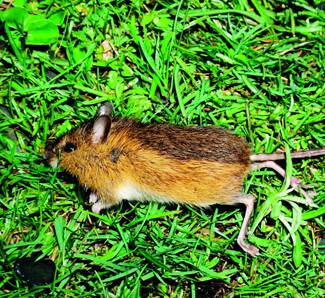
Eozapus setchuanus
Eozapus setchuanus,,Forest jerboa, forest jerboa, forest jerboa
The Sichuan forest jerboa belongs to the subfamily Zapodidae, which has only···
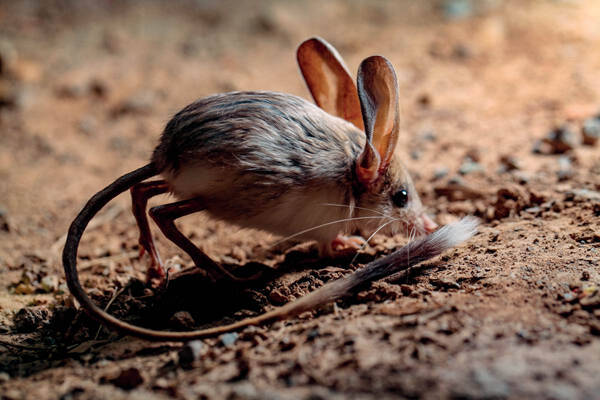
Euchoreutes naso
Euchoreutes naso,Long-eared Jerboa,
The long-eared jerboa belongs to the subfamily Euchoreutinae, a single genus···
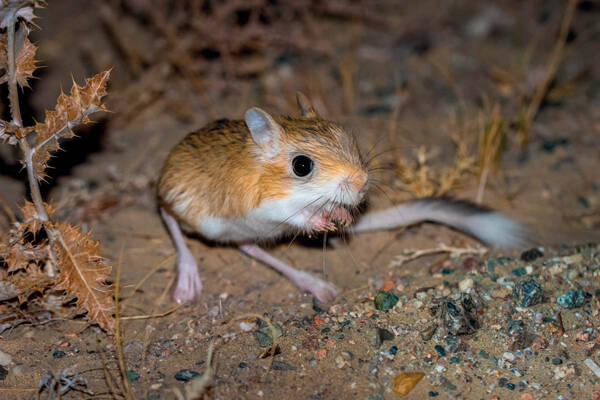
Dipus sagitta
Dipus sagitta,Northern Three-toed Jerboa,Hairy-footed jerboa, gerbil, jumping rabbit, Yelaben (Mongolian)
The three-toed jerboa belongs to the subfamily Dipodinae. This species is wi···
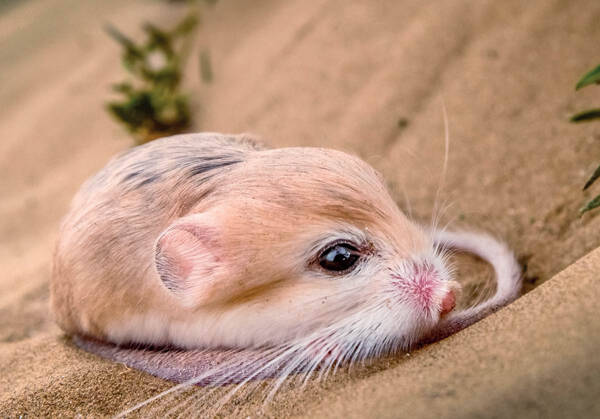
Salpingotus kozlovi
Salpingotus kozlovi,
The three-toed cardiocraniinae belongs to the subfamily Cardiocraniinae. Alt···
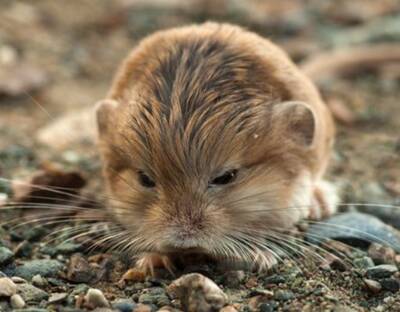
Salpingotus crassicauda Vinogradov
Salpingotus crassicauda Vinogradov,Fat-tailed jerboa
The fat-tailed cardiocraniinae belongs to the subfamily Cardiocraniinae. The···
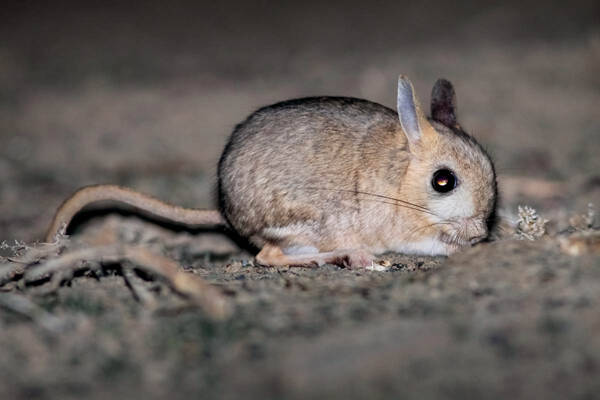
Little gopher
Little gopher, hamsters, gophers
The ground squirrel belongs to the Allactaginae subfamily. There are 3 speci···
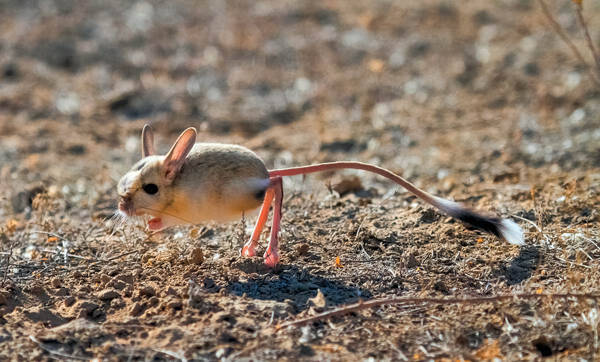
Allactaga elater
Allactaga elater,Jerboa, jumping rabbit, donkey jump, hard jump
The small five-toed jerboa belongs to the subfamily Allactaginae. Jerboas ar···
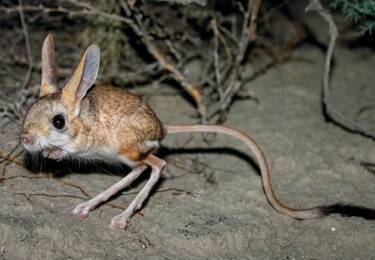
Allactaga sibirica
Allactaga sibirica,Mongolian five-toed Jerboa,Five-toed jumping rabbit, jumping rabbit, jumping mouse
Five-toed jerboas belong to the Allactaginae subfamily. The species-level cl···
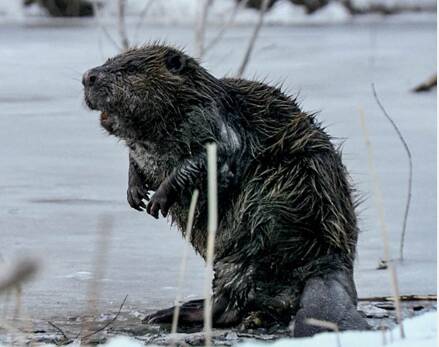
Castor
Castor,Beaver, nutria
There are only two species of beavers in the world. The other is the America···
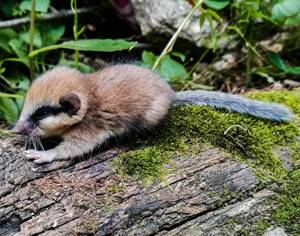
Dryomys nitedula
Dryomys nitedula,Dormouse,Dyromys milleri,Mus nitedula Pallas,Eliomys angelus
There are 9 genera and 28 species of forest dormouse in the world. They belo···
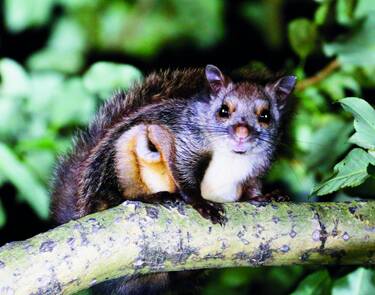
Aeretes melanopterus
Aeretes melanopterus,North Chinese flying squirrel,Black-winged flying squirrel
Grooved-toothed flying squirrels like to build nests in tree holes of tall t···
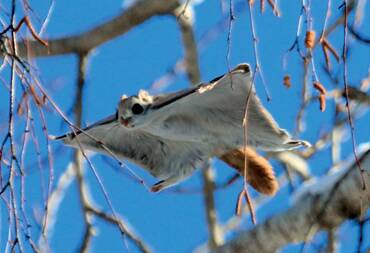
Pteromys volans
Pteromys volans,Siberian Flying Squirrel,Flying squirrel, flying squirrel, flying tiger, small flying squirrel
Flying squirrels do not hibernate. They are nocturnal and are active after d···
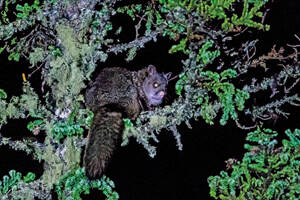
Petaurista xanthotis
Petaurista xanthotis , Highland Flying Squirrel, Yellow-eared Flying Squirrel
Gray flying squirrels are nocturnal and active at dawn and dusk. They live i···
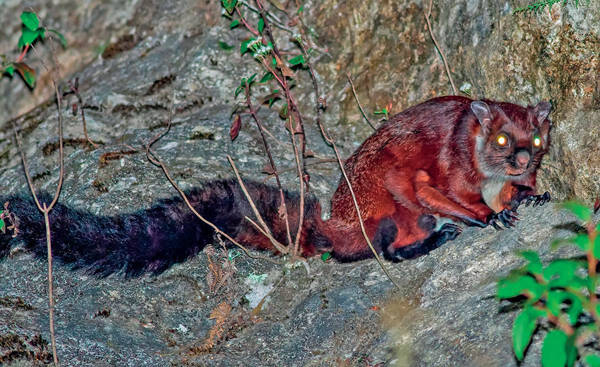
Petaurista albiventer
Petaurista albiventer,Brown-footed flying squirrel, red-backed flying squirrel, flying fox, flying mouse
The chestnut-backed flying squirrel is a species of Chinese flying squirrel.···
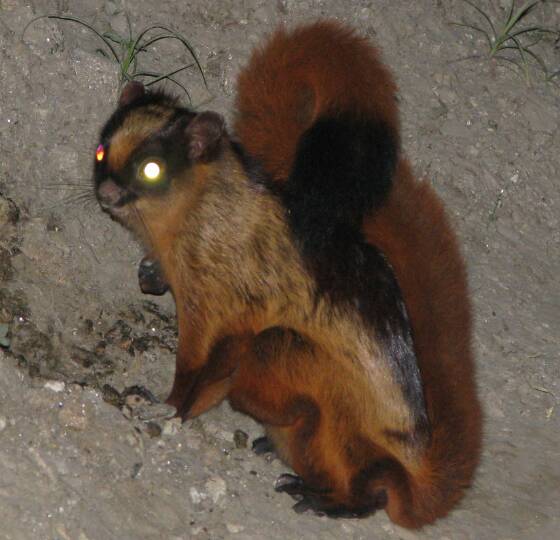
Petaurista magnificus
Petaurista magnificus,Magnificent Flying Squirrel,Beautiful flying squirrel, Beautiful flying squirrel, Hao's flying squirrel
The chestnut brown flying squirrel mainly lives in the mountain evergreen br···
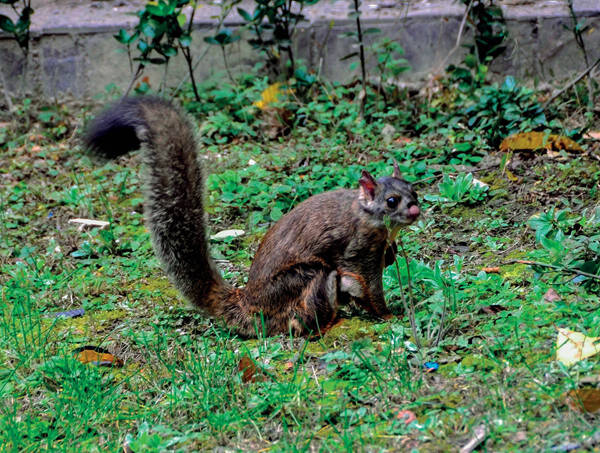
Petaurista caniceps
Petaurista caniceps, small flying squirrel, small flying squirrel, flying squirrel, flying tiger
The gray-headed flying squirrel is medium-sized, arboreal, and usually moves···
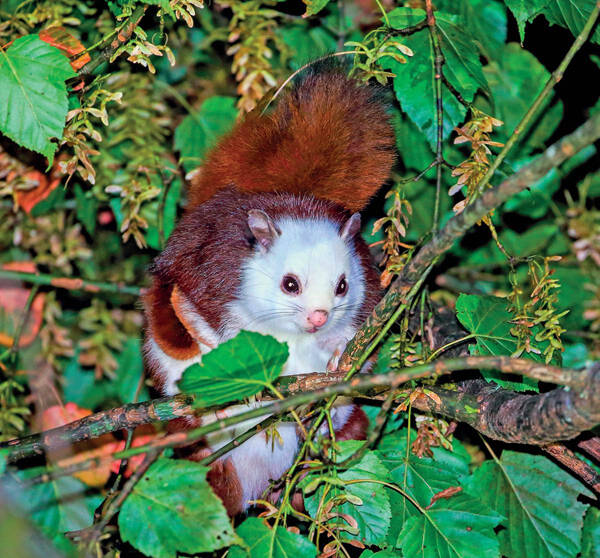
Petaurista alborufus
Petaurista alborufus,Red-and-white Giant,Flying fox, pine cat, white-faced flying squirrel, white-headed flying squirrel, white-fronted flying squirrel
Red and white flying squirrels are large flying squirrels with a body shape ···
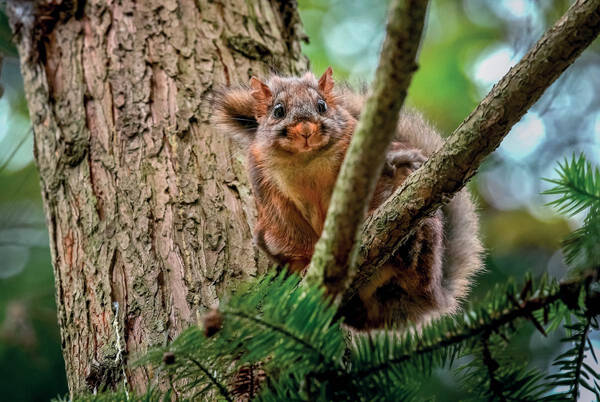
Trogopterus xanthipes
Trogopterus xanthipes,Orange-footed flying squirrel, yellow-footed flying squirrel, cuckoo bird, cuckoo bug, cuckoo bug, magpie
The flying squirrel is a forest animal endemic to China. It is slightly larg···
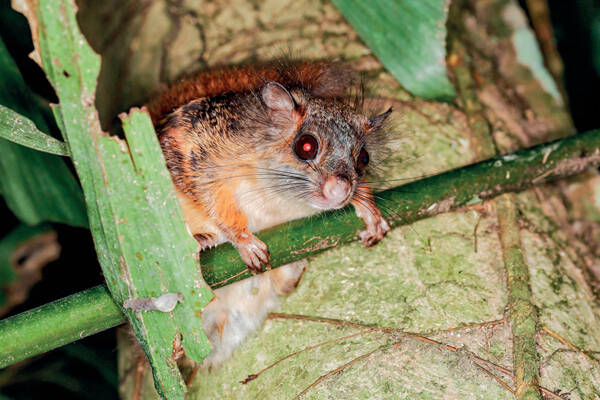
Belomys pearsonii Gray
Belomys pearsonii Gray,Hairy-footed Flying Squirrel,Brown-eared mouse, hairy-legged mouse
The hairy-eared flying squirrel is a tropical small flying squirrel that usu···
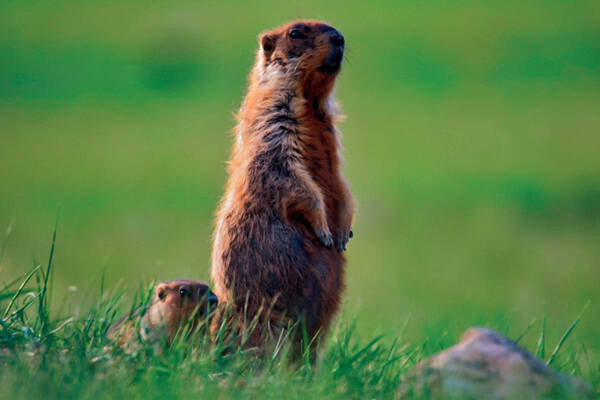
Marmota sibirica
Marmota sibirica,,Marmota bobak,Bobak Marmot,Siberian marmot, steppe marmot, Tarbagan (Mongolian)
The Mongolian marmot is a rodent, Marmota genus animal. There are two color ···
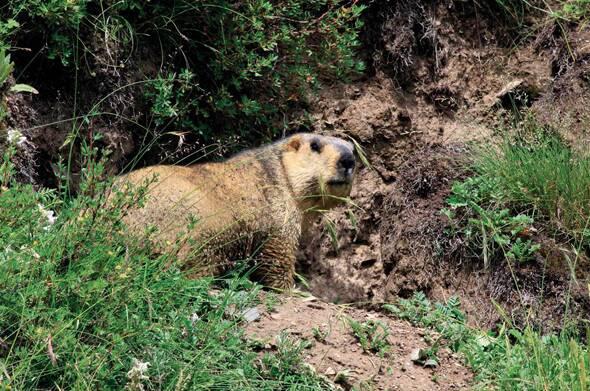
Marmota himalayana
Marmota himalayana,Hara, Snow Pig
The Himalayan marmot is a large ground-dwelling rodent mammal of the genus M···
